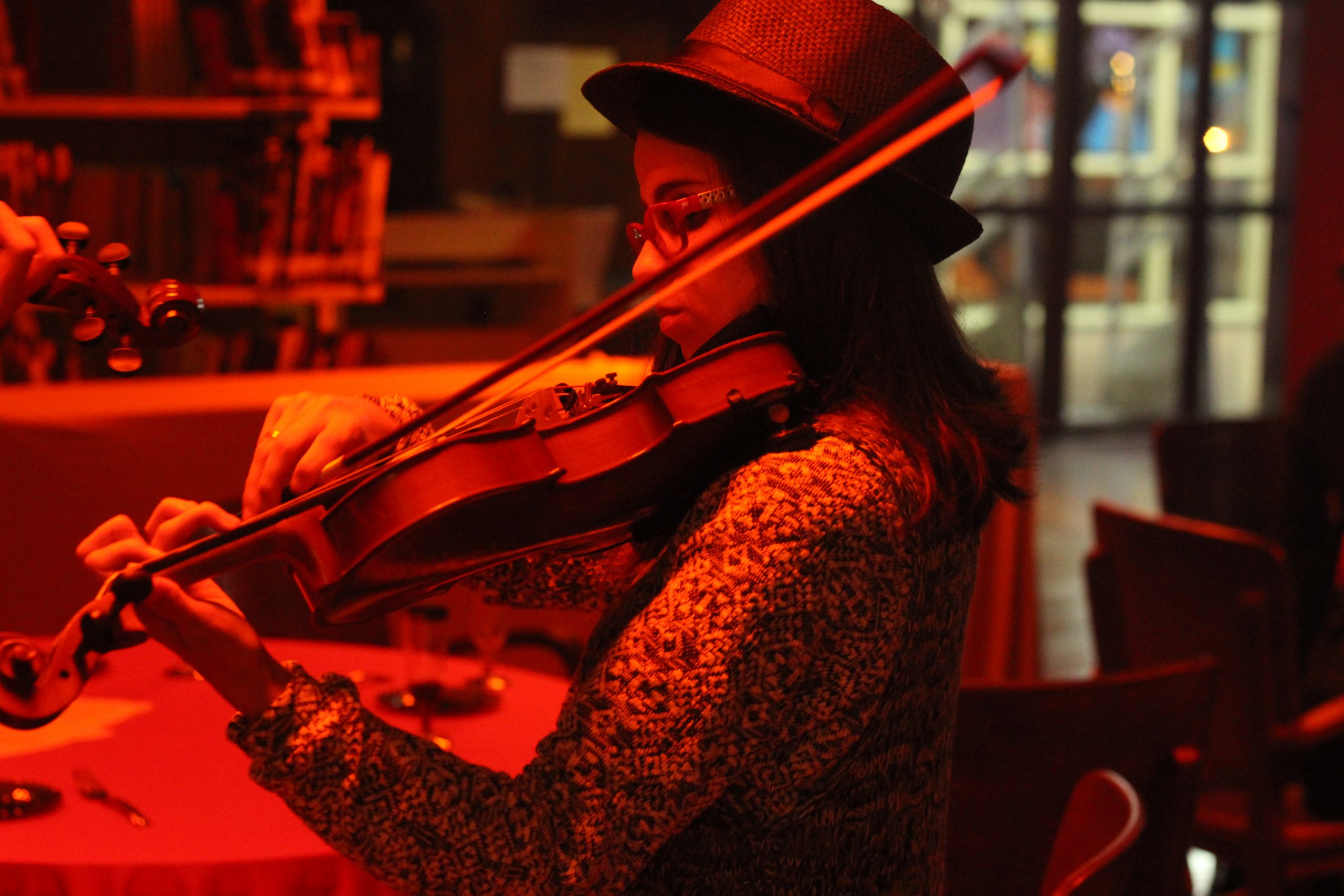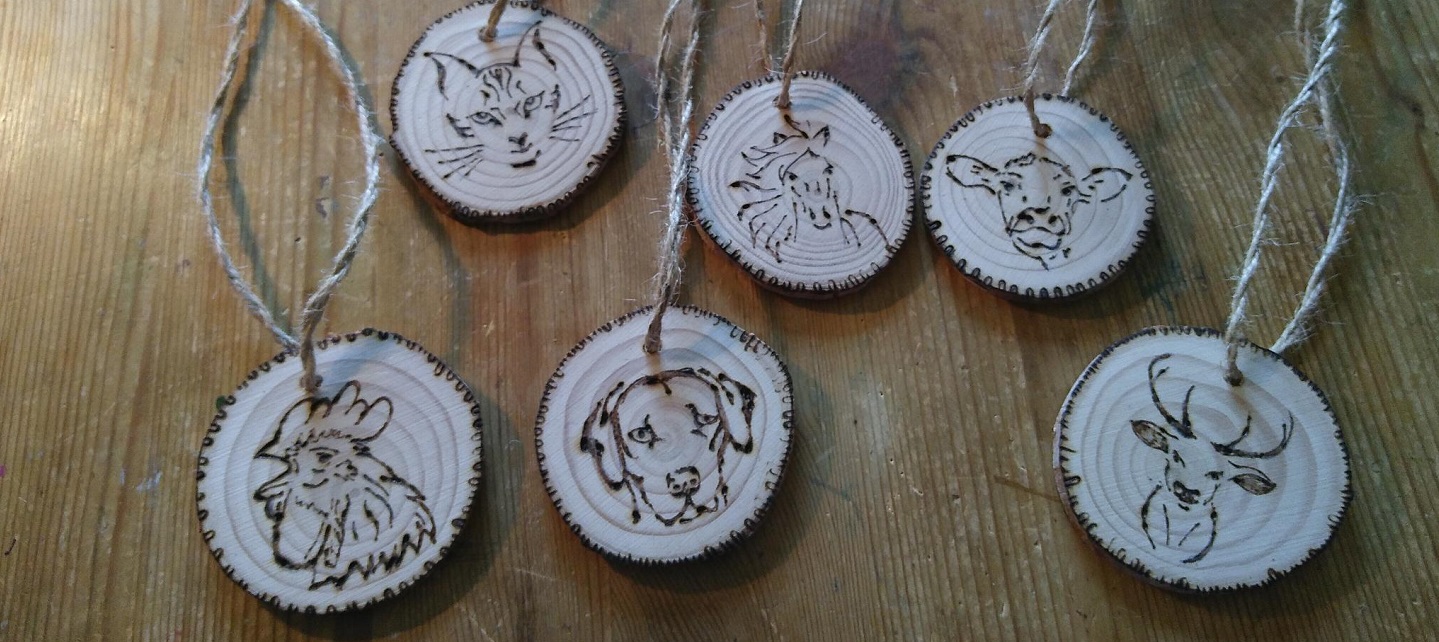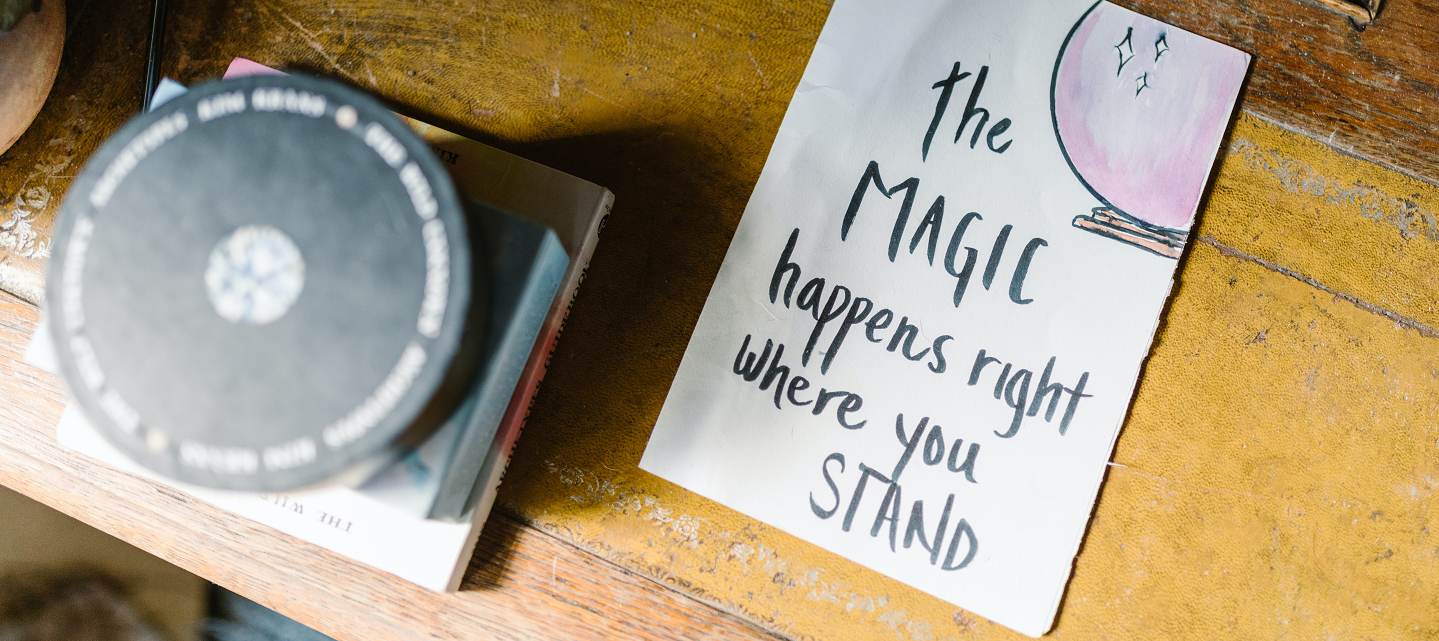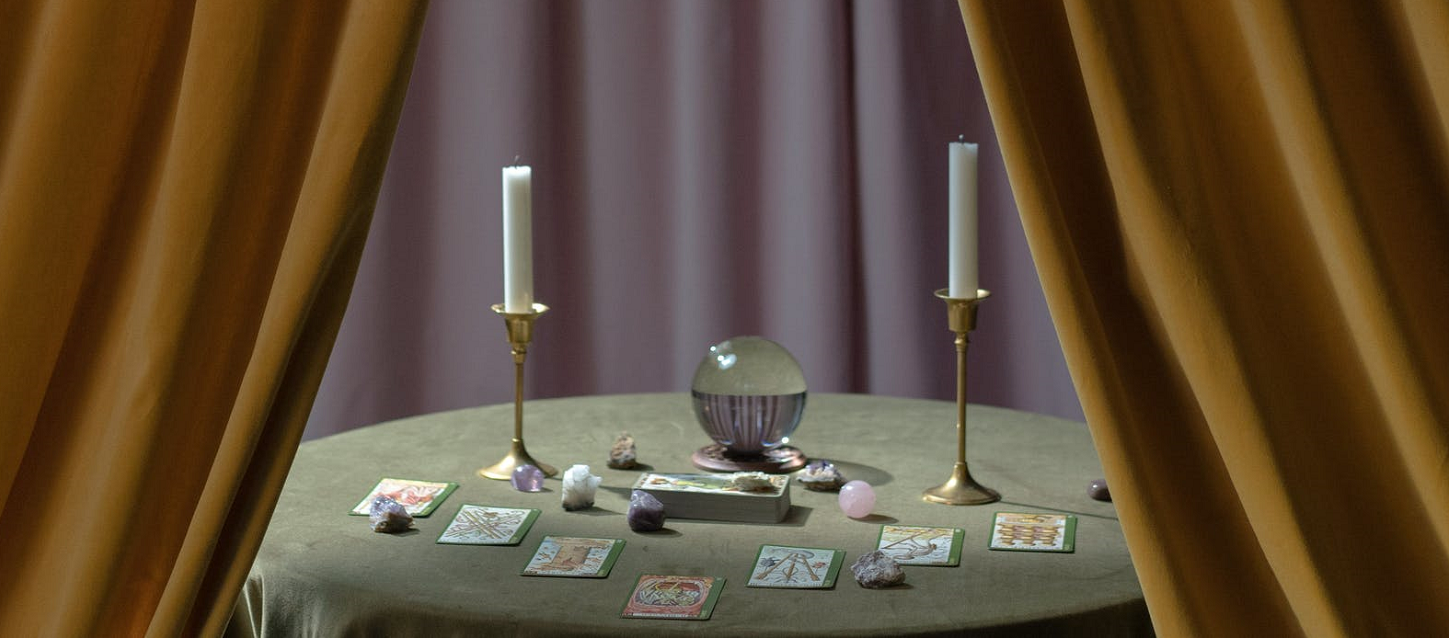Category: Techniques
-

The Use of Music as a Magical Element for the Larp Experience
The experiences and thoughts of the Brazilian group Confraria des Ideias on the use of music as an element in larp design.
-

Magic To Fight Monsters: Larp as a spell for claiming my spaces
A guide to some of the monsters that non-binary adventurers encounter when they larp – and spells for how to deal with them.
-

Le Jean-Michel Douchebag Technique
Le Jean-Michel technique is the ultimate secret weapon to develop the confidence of a mediocre cis man.
-

Larp in Cognitive Behavioral Therapy: Making Larp a Standard Method
in
A prototype of therapeutic larp based on principles of CBT.
-

Summon All the Demons: The Exciting World of Larp Demonology
in
Playing a character can be hard enough on its own without all of the extra baggage of supernatural possession.
-

Finding the Magic in the Mundane
in
Often it isn’t necessarily the big scenes that we carry closest to our hearts after having played a larp, it’s rather the unexpected small moments, the unplanned occurrences, the intimacy. It’s in these mundane moments that the magic happens in a larp.
-

Paranormal Experiences in Larp
in
How to use real-world paranormal techniques and practices in larp, with examples.
-

Let Me Look into Your Future
in
Building and using a custom set of cards for divination within a larp – embracing serendipity and creating magic.
-

10 (+1) Tips for Larpers Over 35
in
A great list of ways to use your age and experience to enhance your larping.
